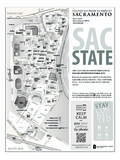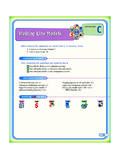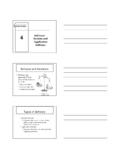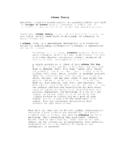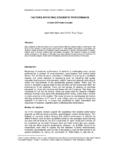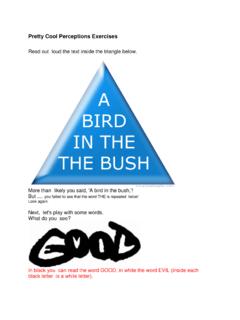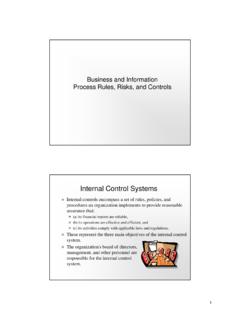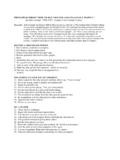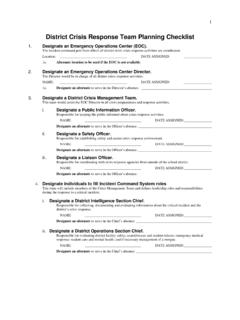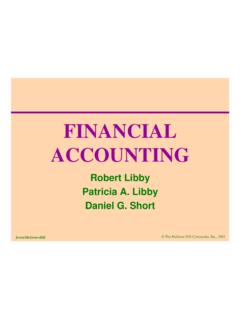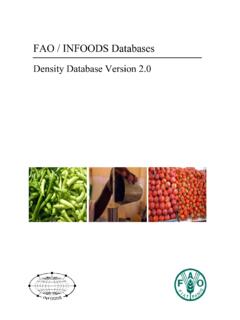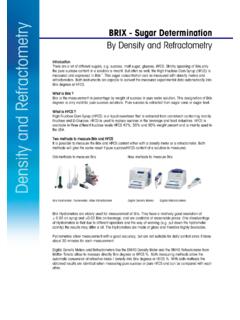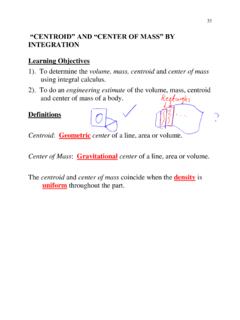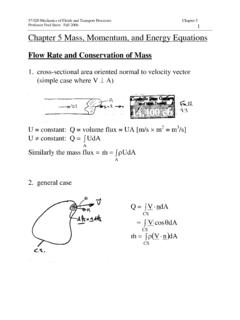Transcription of A brief History of the US ( ) Penny Composition
1 CSUS CH1E density Instructor: A brief History of the US (one-cent coin) Penny Composition Year Composition 1793 to 1837 100% Cu 1837 to 1857 Bronze (95% Cu, 5% Sn & Zn). 1857 to 1864 88% Cu & 12% Ni 1864 to 1942 Bronze (95% Cu, 5% Sn & Zn). 1943 Zinc-coated steel 1944 to 1946 Brass (95% Cu & 5% Zn). 1946 to 1962 Bronze (95% Cu, 5% Sn & Zn). 1962 to 1982 Brass (95% Cu & 5% Zn). 1983 to Zn & % Cu Percent Composition of Zinc and Copper in US Pennies: The current US Penny is made of metallic copper (Cu) plated onto a zinc (Zn) core. In an object composed of multiple materials (like a Penny ), the density (d) is a weighted average of the densities of the pure substances that make up the object. Also assume that there is no change in volume when the pure metals are mixed.. dpenny = (% )dCu + (% )dZn dpenny = ( )dCu + ( )dZn Where: % + % = 100. = . dpenny = ( )dCu + ( )dZn dpenny = ( )dCu ( )dZn + . dpenny = ( )[ ] +.
2 = = % .. CSUS CH1E density Instructor: If we know the density of the Penny (composite), we can use this equation to obtain the %. copper (p) in the sample. The following measurements are needed to find the Percent Composition of Zinc and Copper in US Pennies: a) density of a Penny b) density of pure copper. c) density of pure zinc A Numerical Example (I): A piece of gold jewelry weighing g. Its volume is measured g/cm 3. Assume that the metal is an alloy of gold and silver, which have densities of g/cm3 and g/cm3, respectively. Calculate the percentage of gold (by mass ) in the jewelry. Solution: dJewely = ( )dAu + ( )dAg . = = = 3. 3 .. = = % .. = = = % . Where p is the percent, p= So 100 X gives you , which is 43 percent gold. A Numerical Example (II): Using the values below, determine the Composition ( mass % Cu and mass % Zn) of a 1982 pennies. density of copper= density of zinc= density of pre-1982 pennies= Solution: dpenny = ( )dCu + ( )dZn.
3 = = % .. = = % .. CSUS CH1E density Instructor: Where p is the percent, p= So 100 X gives you , which is percent copper. Also, 100 = gives the percent of zinc.
